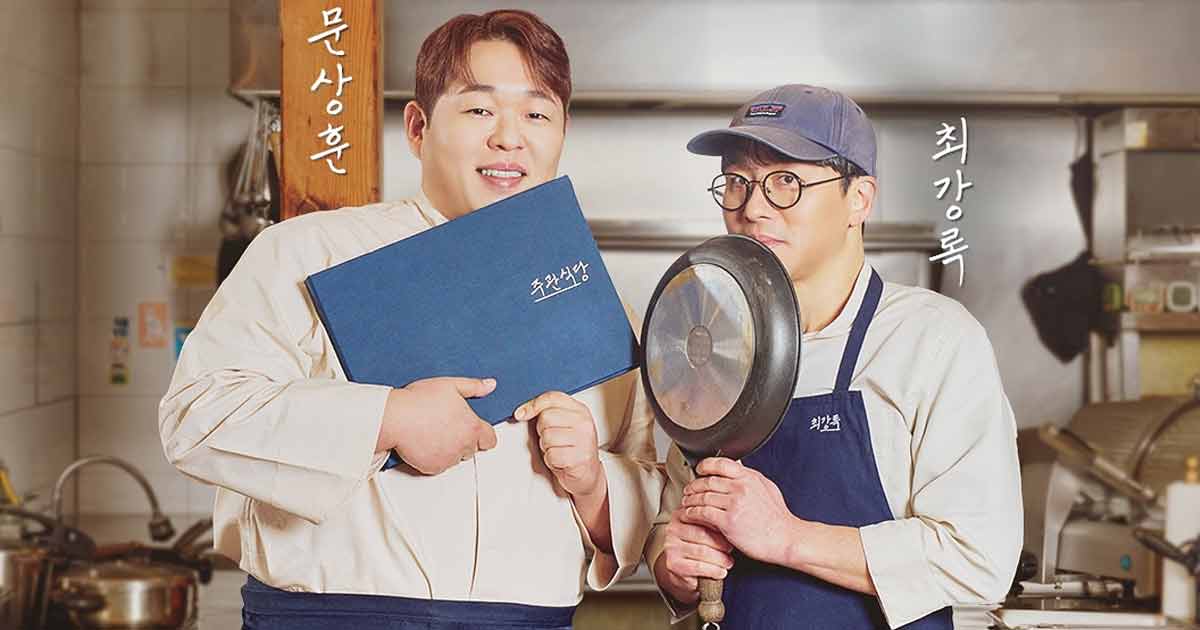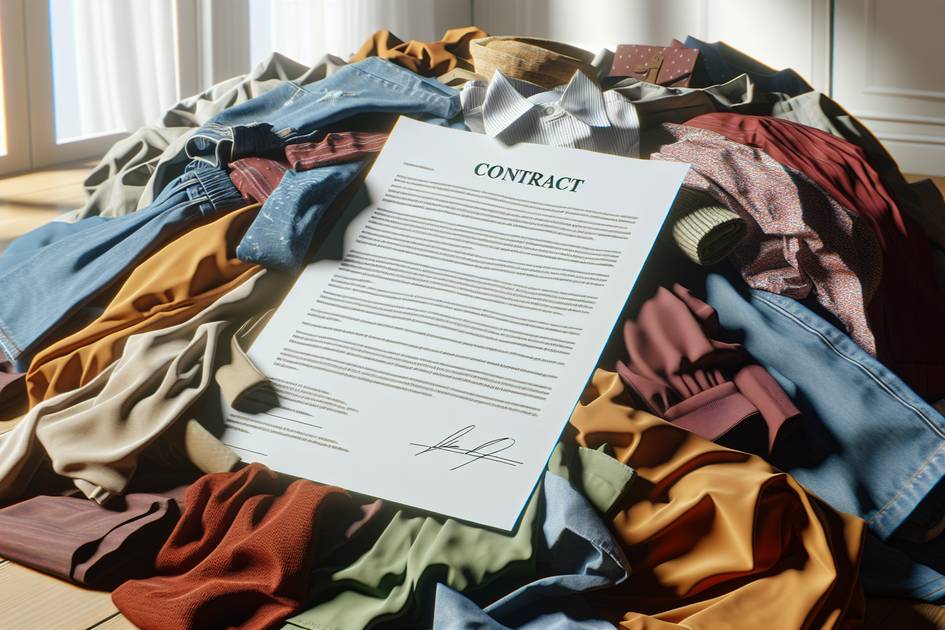As the trio try to make their way back to Hong Kong, with an assortment of gangsters and corrupt soldiers in pursuit, Paul becomes obsessed with the stolen gold, and turns on his two brothers-in-arms to keep it for himself.
Bullet in the Head was a box-office failure when it was released in Hong Kong in 1990 – it did so badly that Woo said he wanted to apologise to his investor.
Many agree with the film’s investor – Bullet in the Head has long been loved by critics and fans alike, and is often described as the director’s best film.
But the relationship is much different, as Bullet in the Head’s protagonists are bound more by everyday friendship than the Chang Cheh-inspired codes of honour that also permeated Woo’s A Better Tomorrow and The Killer.
Woo himself recognised the difference, and felt it was one of the reasons the film was a box-office failure. “Before Bullet in the Head, all of my movies glorified friendship. But Bullet in the Head is about a test of friendship,” he said in an interview.

The film’s betrayals reflect events in his own life, Woo has said.

Bullet in the Head’s brutal action scenes, choreographed by Lau Chi-ho, contain little of the “gun fu” or “bullet ballet” Woo is known for. The action is highly exaggerated and unrealistic, and there are some massive explosions, but acrobatics are kept to a minimum and the violence is excessive rather than elegantly stylised.
A car chase scene which was shot and used as an alternative ending, choreographed by car stunt expert Bruce Law Lai-yin, is the only section of the film which plays in Woo’s hallmark style. These final scenes were requested by the film’s distributors, who felt that the original version wasn’t “Woo” enough.
When Bullet in the Head was released in 1990, Woo said that its depictions of attacks by the Vietnamese military on civilians were a comment on the Tiananmen crackdown that had occurred in Beijing the previous year. Woo later retracted this statement and said he was primarily inspired by the leftist riots in Hong Kong in 1967.

The film’s Hong Kong scenes did depict the 1967 riots. “There is no question that the action scenes are beautifully staged, with the 1967 Hong Kong riots forming an interesting counterpart to the upheaval in war-wracked Vietnam, as well as echoing slightly the feelings of a present Hong Kong in the run-up to 1997,” the Post said in 1990.
Woo said he had also made a quiet comment on the presence of the Vietnamese boatpeople as refugees in the camps in Hong Kong.
“There is a scene in which Tony, Jacky and Waise are trying to escape and they meet some Vietnamese who beg to go with them. But the three feel they won’t have the time to take care of the other people – it’s just like the present attitude of we Hong Kong people to the Vietnamese boatpeople,” he told the Post.
Woo had wanted to make an epic in the style of David Lean’s Lawrence of Arabia, and his original cut came in at around three hours. Distributors balked, as films back then had to be around 90 minutes long to fit in as many cinema showings as possible.

Woo said he made two edited versions, 130 minutes and 120 minutes long, the former featuring the new car-chase ending. The director had always dreamed of reconstituting the original three-hour cut, but all the excised footage had been destroyed without his consent back in the 1990s.
In this regular feature series on the best of Hong Kong cinema, we examine the legacy of classic films, re-evaluate the careers of its greatest stars, and revisit some of the lesser-known aspects of the beloved industry.







